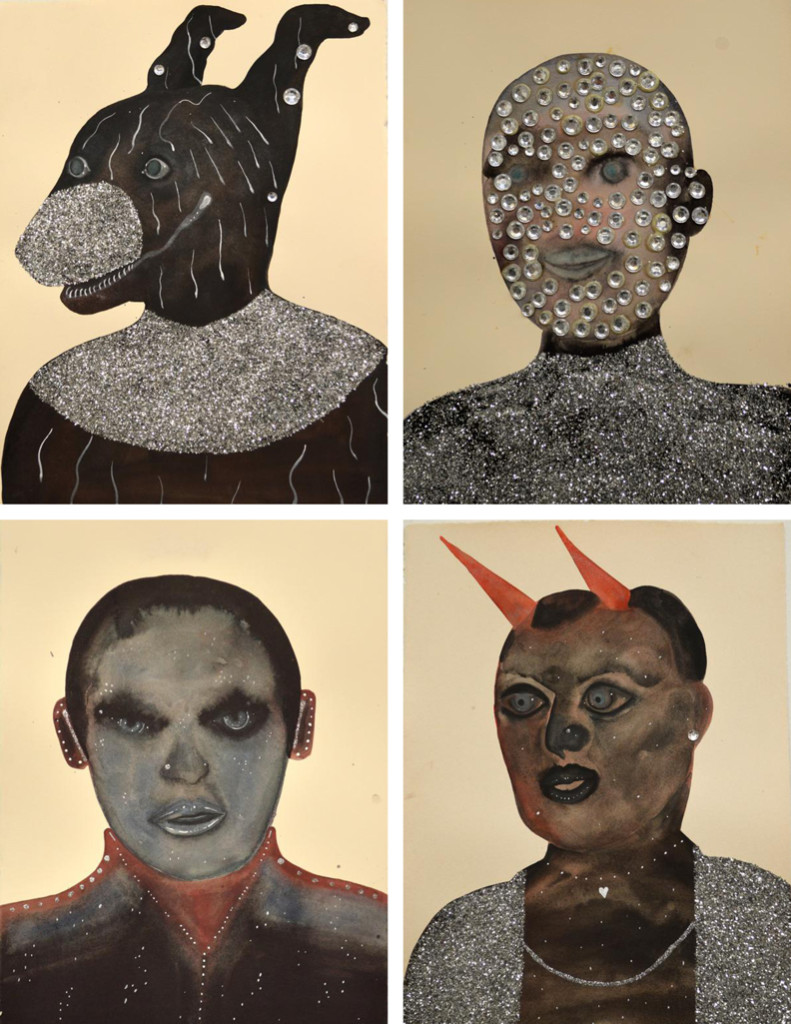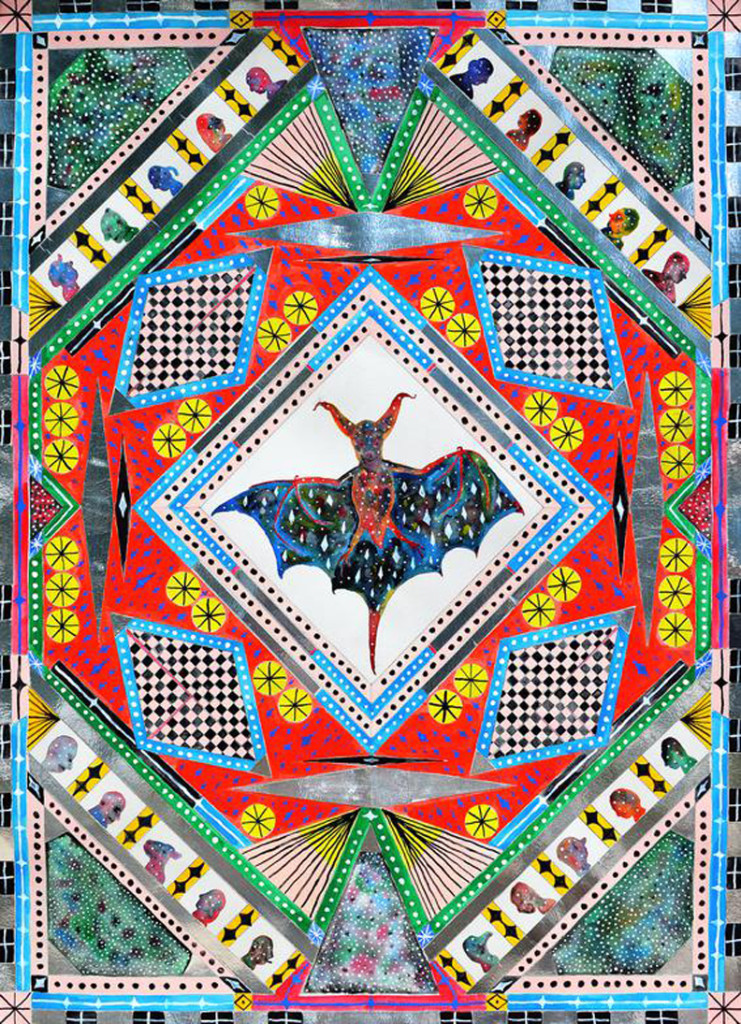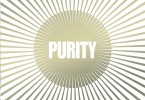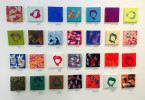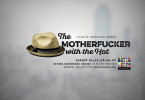Friday night is a significant one in the young career of Corpus Christi-based artist Ricardo Ruiz. His father has painted professionally for three decades, and while the younger Ruiz has been part of dozens of group exhibitions over the years, this is the Texas native’s first solo show of what will likely be many more to come. Other Cheek debuts this Friday with an opening reception running from 6 to 9 p.m. at Dope Chapel in Norman as a part of the 2nd Friday Norman Art Walk.
Melding an array of cultures in work executed in hopes of understanding the human condition, Ruiz has indulged in a variety of styles, ranging from cartoonish, urban-inspired prints to quaint paintings of everyday life. Other Cheek, though, is composed of over 150 watercolor drawings that shift from monstrous, surreal portraits to colorful, patchwork blanket pieces, managing to emit both a youthful nativity and a grizzled, sinister streak.
Ruiz gave Oxford Karma insight into his process, his favored medium, and his aim as an artist.
OK: What were your first memorable experiences in art? And how did they lay the path to where you are now?
Ruiz: When I was 17 years old, I participated in a group exhibition with my father. I was always making art up until that point, but it was the initial moment that I began to view what I was doing as a way to exist.
OK: How’d you come to know the guys and gals running Dope Chapel? And what made you want to work on an exhibition with them?
Ruiz: I met [Dope Chapel founder] Eric Piper through a tight-knit printmaking community that I was exposed to through Ryan O’ Malley. Eric and Dope Chapel have a carefree movement that’s very refreshing, so seeing that community develop over time made me want to participate in a moment with them.
OK: Piper had mentioned to me that you work ceaselessly on your art. What sparks that drive? What keeps you interested in creating new works almost around the clock?
Ruiz: Making is the most personally fulfilling act that I engage in on a regular basis. I most likely acquired my work ethic from my parents, who are blue-collar workers, and my family, who are several generations removed from field laborers. There is a constant development within my environment and through personal research that encourages different motions to occur regularly. Removing control and allowing for all outcomes to present themselves within the work elicits a practice that is always wandering.
OK: You are weaving a lot of different cultures into your work. I see Latin American influence, urban cityscape notes, Southwestern color schemes — all used to make patterns, animals, monsters, portraits, and a little bit of everything else. Where does the will and desire to let the art take so many forms and directions come from?
Ruiz: I am interested in the different tangents that humankind has engaged in throughout history as a response to interpreting the environment it occupies. The decisions that occur in representing ourselves in one way or another provides a history that is an enigma in of itself. I personally find a lot of space for cultures with simplified and immediate handling of reality due to a sincerity in their marks. It has become a natural inclination as a participant within culture to draw allusions throughout history, consciously or subconsciously, as it is fundamentally referential to human development.
OK: You do work on canvas, prints, and a little bit of everything else, but you seem to be especially attracted to watercolor. What about that medium do you gravitate towards, and how do you think it suits the works you are wanting to make?
Ruiz: Watercolor is a particularly personal medium for me; as a child it was the first traditional approach to making that I was presented with. It possesses a rhythm and atmosphere for me that no other medium satisfies. It is a completely relative feeling though. My other work lies within the same scheme of thoughts, but generates a different sensation through the approach.
OK: What would you say the works in this exhibition are centered on? What might people expect from it? What makes it special for you, personally?
Ruiz: All of my work in this exhibition centers on the living condition, and in this case it takes the form of over a hundred watercolors. I am not sure what people might expect, but if something happens within them, then I will be satisfied. It will be my first solo exhibition and first time exhibiting the first large body of drawings I completed a year ago, so it will be a nice cleansing for myself.


